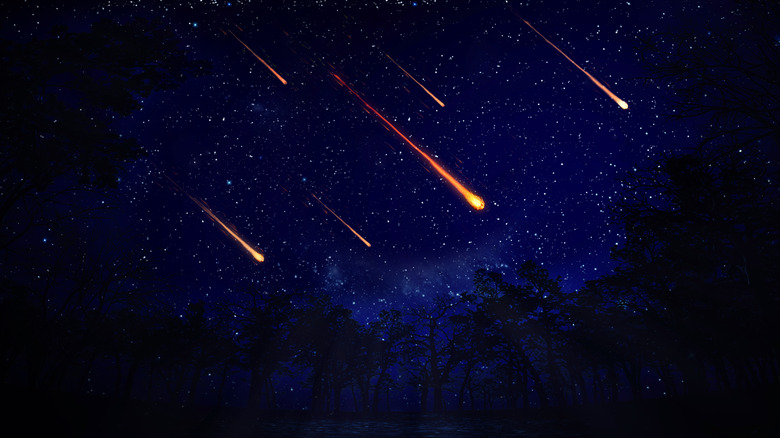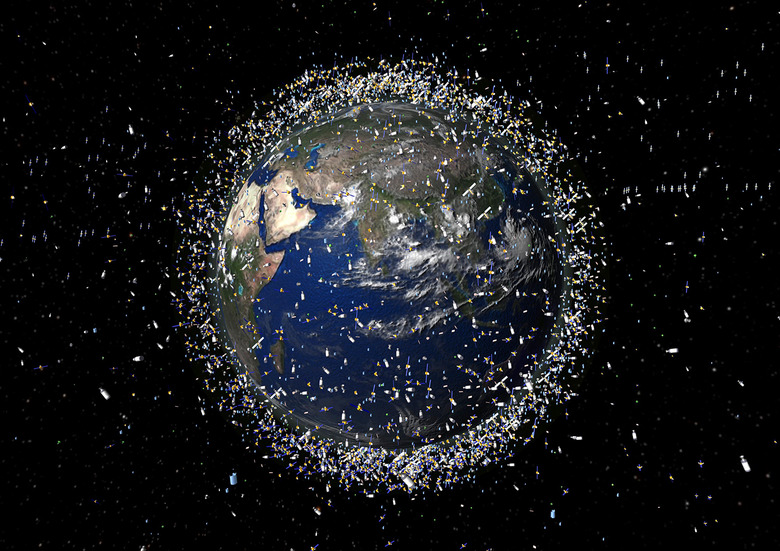Viral Video Shows Fiery Streaks In The Sky Above Montana
Earlier this week, Montana citizens were treated to an impressive and intriguing event. On Tuesday night, fiery streaks appeared in the sky over Montana. The American Meteor Society documented around 29 reports of fiery objects. And reports came in from Montana as well as other states, including Idaho, Wyoming, and Oregon.
Montana’s sky was filled with fiery streaks earlier this week
The streaks began appearing around 10:08 p.m. Tuesday evening and were especially strong near Bitterroot Valley, Livingston, and Park County. People reported seeing the streaks over Seeley Lake, Great Falls, Helena, Lincoln, and Pray. Additionally, people in Idaho reported seeing fiery sky streaks from Idaho Falls, Twin Falls, Rexburg, Shelley, and Stanley.
While this event was undoubtedly exciting, the explanation behind it is a bit more mundane. According to Spaceweather.com, the streaks may have been caused by the fuel tank of an old Russian rocket. The site reports that shortly before the explosion and subsequent fiery rain over Montona, the U.S. Department of Defense issued an impact prediction for something called "BREEZE-M DEB (TANK)."
The DoD's Space Track website predicted that the tank would fall into Earth's atmosphere on July 13, around 04:06 52 minutes UT. Based on the prediction, the fiery streaks in the sky over Montana appear to corroborate that timing.
An old Russian rocket’s fuel tank returning to Earth
The fuel tank in question had been orbiting the planet for almost 10 years. It was originally part of Russia's Yamal 402 geostationary communications satellite, which launched on December 8, 2012. Unfortunately, recent increases in the Sun's solar activity appear to have accelerated its orbital decay. As a result, it hit the atmosphere and exploded, causing fiery streaks in the sky.
The display was still beautiful, though, and multiple people sent in photos to news sites like Fox23. Some also shared the video on Youtube, including Jordan Peper. This isn't the first time that rocket boosters or other space junk have made a return to Earth, exploding upon reentry. Sometimes, the returns are even planned, like NASA's retirement plan for the ISS in 2030.
While this type of event isn't exactly rare, seeing it in person would have been phenomenal. And none of these reentry events are ever exactly the same. With the solar cycle continuing to ramp up, it's possible we could see more orbiting junk making the return to Earth in the coming months. As such, keep an eye on the skies when you're out and about. You never know what you might see.

